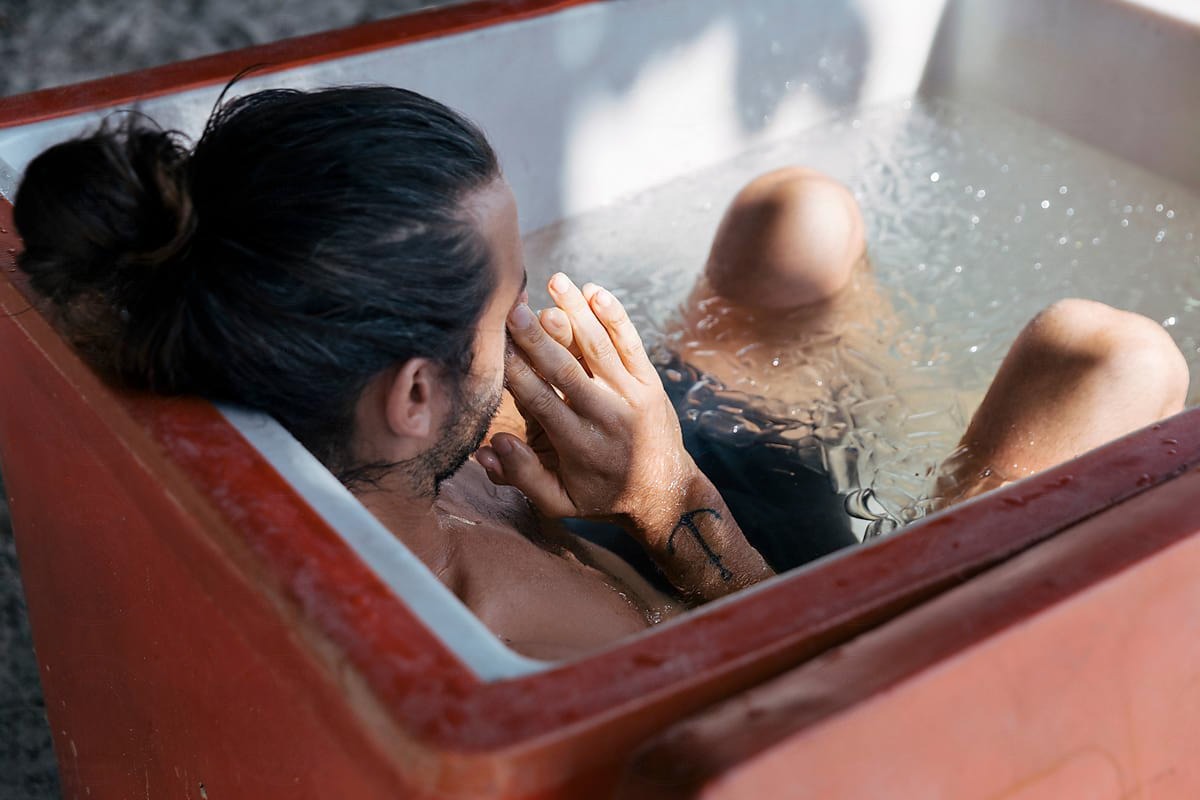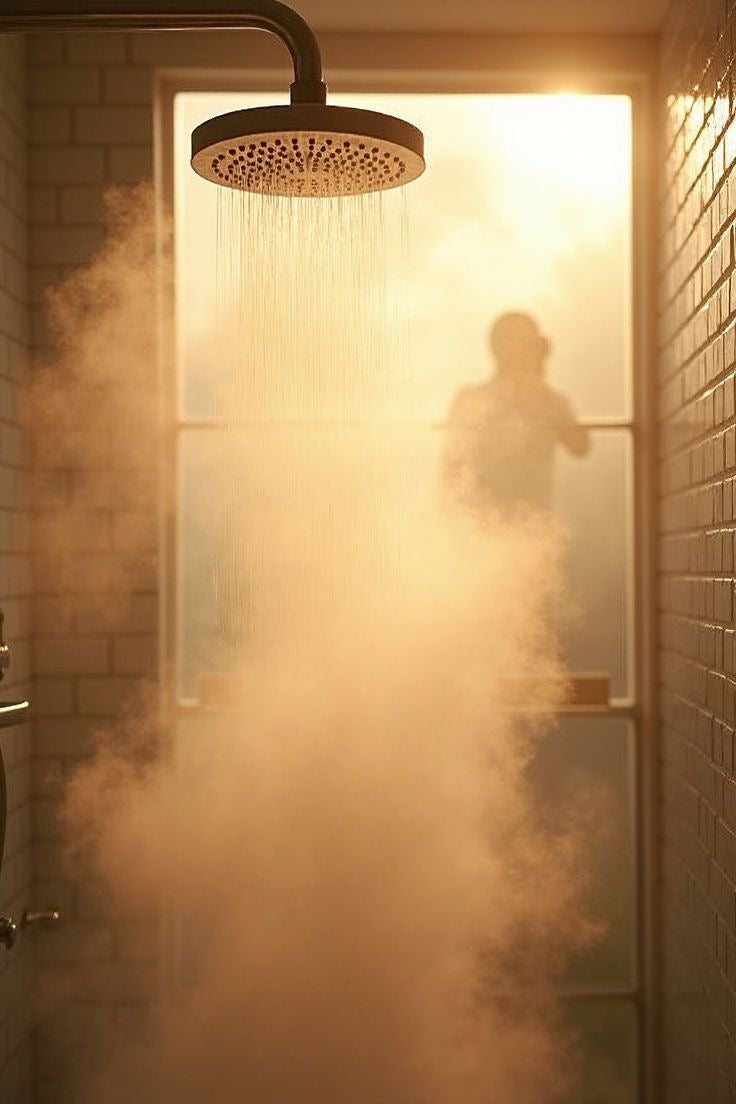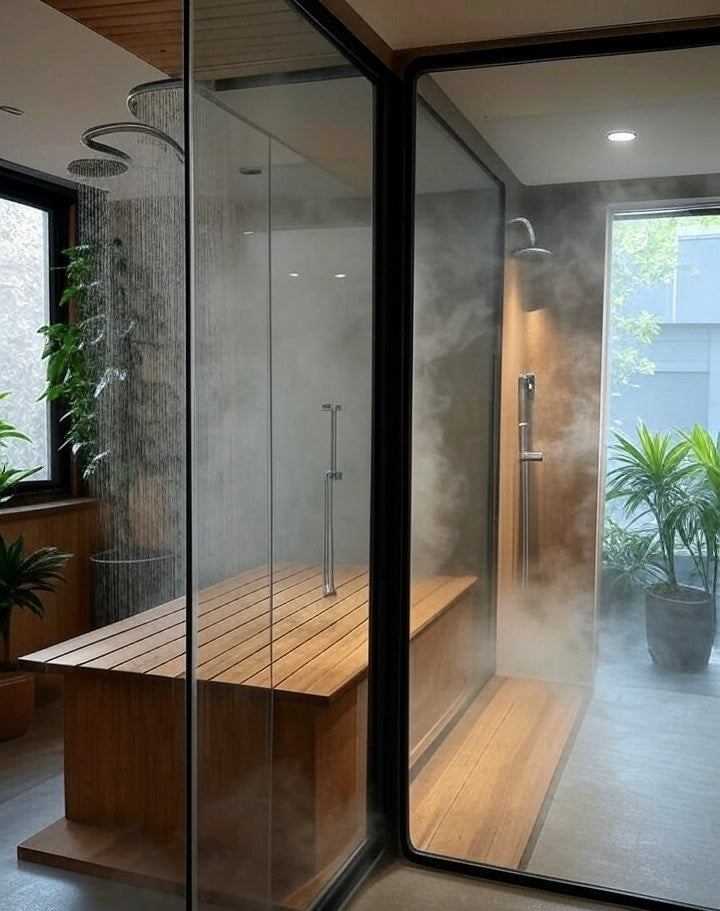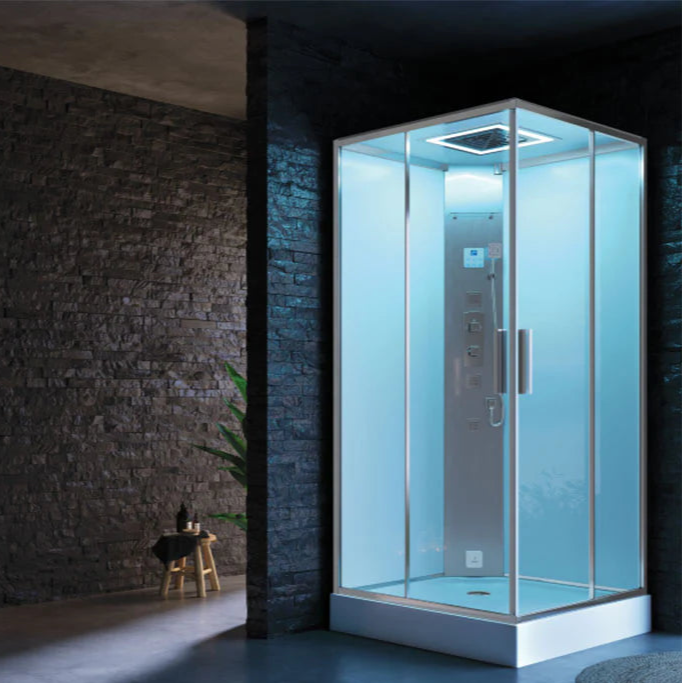Short Answer: Want an Ice Bath experience without leaving your bathroom? Transform your daily shower into a Cold Plunge adventure without an Ice Bath Tub or Cold Plunge Tub—keep reading for simple tips, breathing tricks, and real benefits.

2. Understanding Cold Water Therapy and Its Benefits
2.1 What is Cold Plunging and Cold Shower Therapy?
2.1.1 Defining Cold Water Immersion
Cold plunging means immersing your body in chilly water, often in a tub or natural setting.
A Cold Shower Plunge adapts this to your bathroom, using cold water straight from the tap.
It's a simple way to get cold water therapy benefits at home.
No need for a fancy Cold Plunge Tub or Ice Bath Tub.
Anyone can try it with minimal setup.
2.1.2 The Accessibility and Convenience of Shower Cold Plunges
Showers make cold plunging easy and budget-friendly.
There's no need for extra equipment or bags of ice.
Daily practice is realistic and sustainable.
Perfect for those curious but cautious about cold exposure.
It removes barriers to starting cold therapy.
2.2 The Science-Backed Advantages of Cold Exposure

2.2.1 Physical Benefits
Cold water therapy reduces inflammation and aids muscle recovery.
It improves circulation, supporting heart health.
Boosts metabolism and may help regulate weight.
Strengthens the immune system over time.
Makes your body more adaptable to stress.
2.2.2 Mental Fortitude & Well-being
Cold showers help reduce stress levels.
They trigger dopamine release for a natural mood lift.
Regular use builds mental toughness.
Can enhance focus and calm under pressure.
Supports overall emotional resilience.
3. Preparing for Your Cold Shower Plunge
3.1 Essential Safety Considerations
3.1.1 Consulting a Healthcare Professional
If you have heart conditions, breathing issues, or other medical concerns, check with your GP first.
It ensures you stay safe when trying cold therapy.
Personalised advice is always best.
3.1.2 Listening to Your Body and Knowing Your Limits
Stop immediately if you feel dizzy or breathless.
Stay aware of any discomfort.
Respect your body’s signals.
Avoid pushing too hard too soon.
3.1.3 The Importance of Gradual Acclimation
Don’t go straight for freezing cold on day one.
Ease in slowly over sessions.
This helps your body adapt safely.
Reduces the risk of shock or discomfort.
3.2 Cultivating the Right Mindset
3.2.1 Setting Intentions and Visualising Success
Decide why you’re doing this before starting.
Picture yourself calmly finishing the shower.
A clear goal makes it easier to stay consistent.
3.2.2 The Power of Breathing Techniques
Deep, slow breathing is your best tool.
Inhale through the nose, exhale slowly.
Wim Hof-style methods help manage shock.
Keep calm throughout the session.
3.2.3 Using Positive Self-Talk
Talk yourself through the discomfort.
Remind yourself you’re building resilience.
Celebrate every small win.
Maintain an encouraging inner voice.
4. Your Step-by-Step Guide to Cold Plunging in the Shower
4.1 Starting Your Cold Shower Journey (A Beginner's Approach)
4.1.1 The Gradual Temperature Reduction Method
Begin with warm water.
Slowly lower it to cool, then cold.
This approach reduces initial shock.
Allows better adaptation over time.
4.1.2 Recommended Initial Duration
Start with 30 seconds to 1 minute of cold water.
It’s enough to feel the benefits.
Increase as you grow comfortable.
4.1.3 Emphasising Consistency and Daily Practice
Aim to do it daily or several times a week.
Regular practice deepens the effects.
Makes cold exposure part of your wellness routine.
4.2 Mastering the Cold Shower Technique
4.2.1 Achieving Full Body Submersion
Let water hit your shoulders, neck, and face.
Don’t just splash your feet.
Full coverage enhances the effect.
4.2.2 Maintaining Proper Posture During the Plunge
Stand tall and relaxed.
Let the water flow evenly over you.
Helps maintain calm and control.
4.2.3 Focused Breathing During Exposure
Inhale deeply through the nose.
Exhale slowly through the mouth.
Breathing steadies nerves and reduces discomfort.
4.3 Progressive Cold Plunging: Increasing Duration and Intensity
4.3.1 Gradually Increasing Your Time
Work towards 2–5 minutes over time.
No rush—let your tolerance build naturally.
Avoid pushing too fast.
4.3.2 Finding Your Optimal Temperature
Aim for below 15°C (59°F) if possible.
Use a thermometer for accuracy.
Cool enough to be challenging, safe enough for regular use.
4.3.3 Exploring Alternating Hot and Cold Showers
Try contrast therapy with hot and cold cycles.
It boosts circulation and recovery.
Adds variety to your routine.
4.4 Your Post-Plunge Routine
4.4.1 Warming Up Gradually
Use towels, warm clothes, or a hot drink.
Avoid blasting hot water immediately.
Helps your body recover gently.
4.4.2 Why You Should Avoid Immediate Hot Water
Sudden heat after cold can stress your system.
Let your temperature rise naturally.
Supports better adaptation.
4.4.3 Celebrating Your Achievement
Acknowledge your success each time.
Builds positive reinforcement.
Makes you more likely to keep going.
5. Common Questions and Tips for Continued Success
5.1 How Often Should You Cold Plunge in the Shower?
Daily is ideal for adaptation.
Even 3–4 times a week can help.
Adjust based on how you feel.
Listen to your body for best results.
5.2 What to Do If You Struggle with the Cold?
5.2.1 Re-focusing on Breathing
Deep breathing calms the mind.
Makes the cold more manageable.
Practise it before and during the plunge.
5.2.2 Starting with Shorter Bursts of Cold
Try 10–20 second intervals at first.
Build up in small steps.
Gives your body time to adjust.
5.3 Beyond the Shower: Exploring Other Cold Therapy Methods
5.3.1 Ice Baths and Cold Plunge Tubs
For deeper immersion, consider an Ice Bath Tub or Cold Plunge Tub.
Offers full-body benefits in one go.
A classic approach for enthusiasts.
5.3.2 Cold Water Swims
Lakes, rivers, or the sea provide natural options.
Adds adventure to your routine.
Great for those near wild water.
5.3.3 Cold Foot Spas and Ice Water Facials
Easy, targeted cold therapy at home.
Good for quick, localised exposure.
Minimal setup, big refresh.
6. Conclusion
Cold showers are an easy gateway to cold water therapy.
Start slow, stay consistent, and enjoy the rewards of improved mood, recovery, and resilience.
Takeaways: Practise regularly, listen to your body, and make cold plunging part of your healthy lifestyle.






